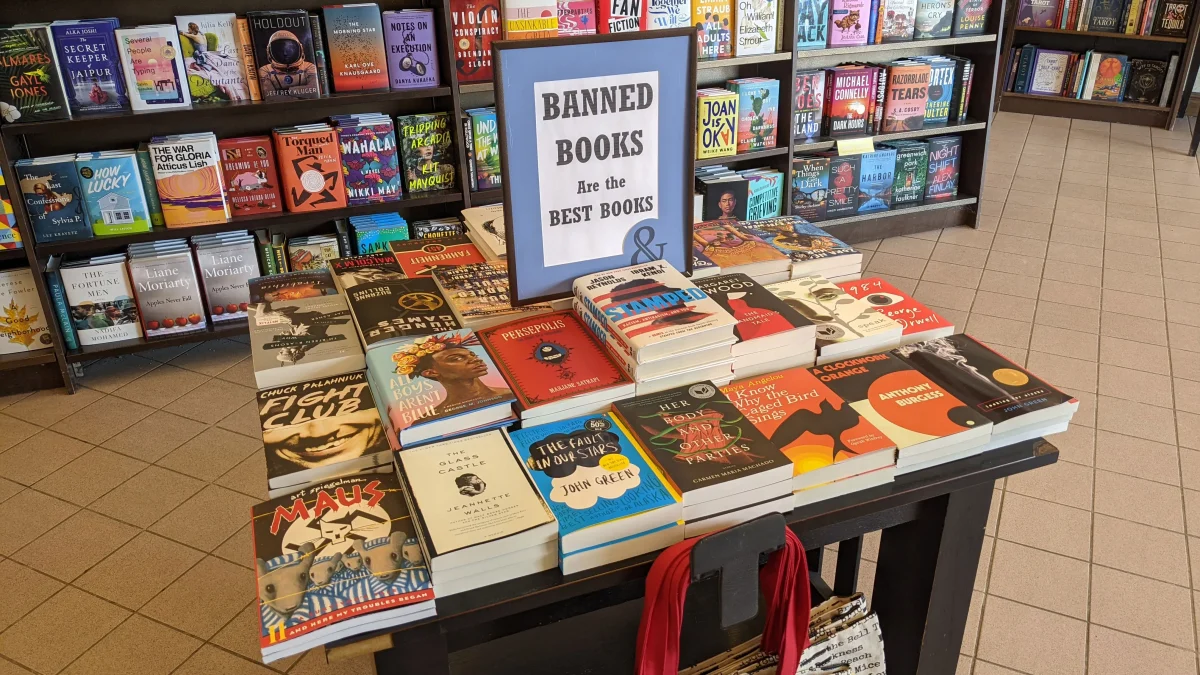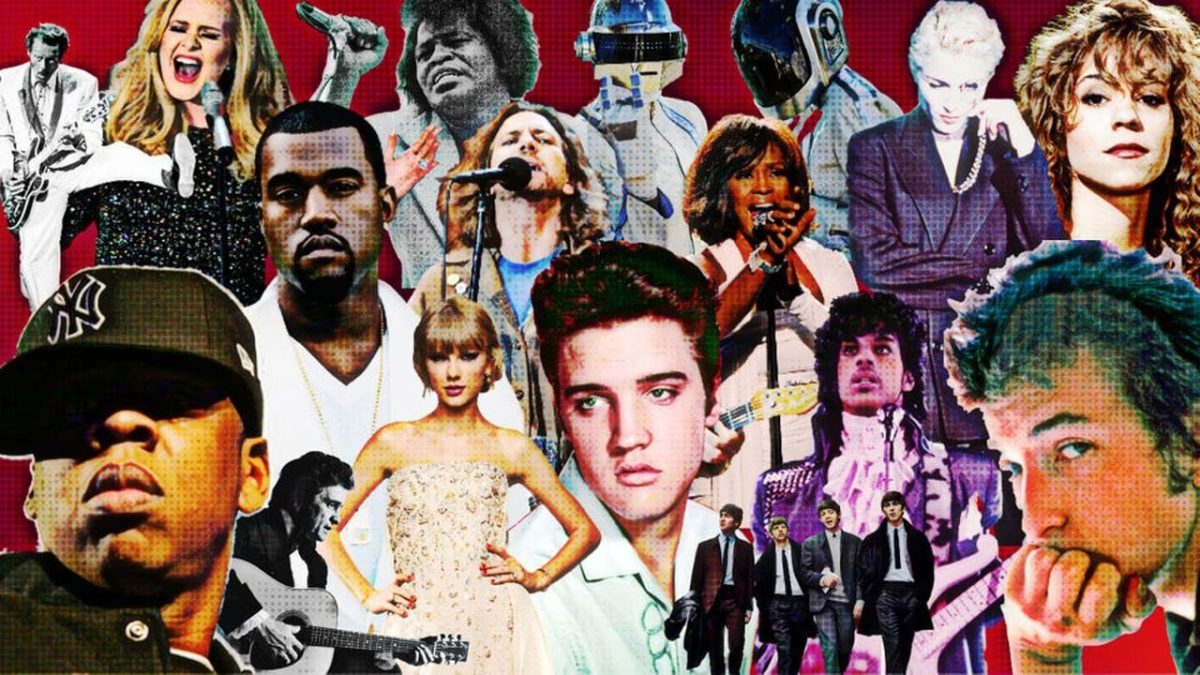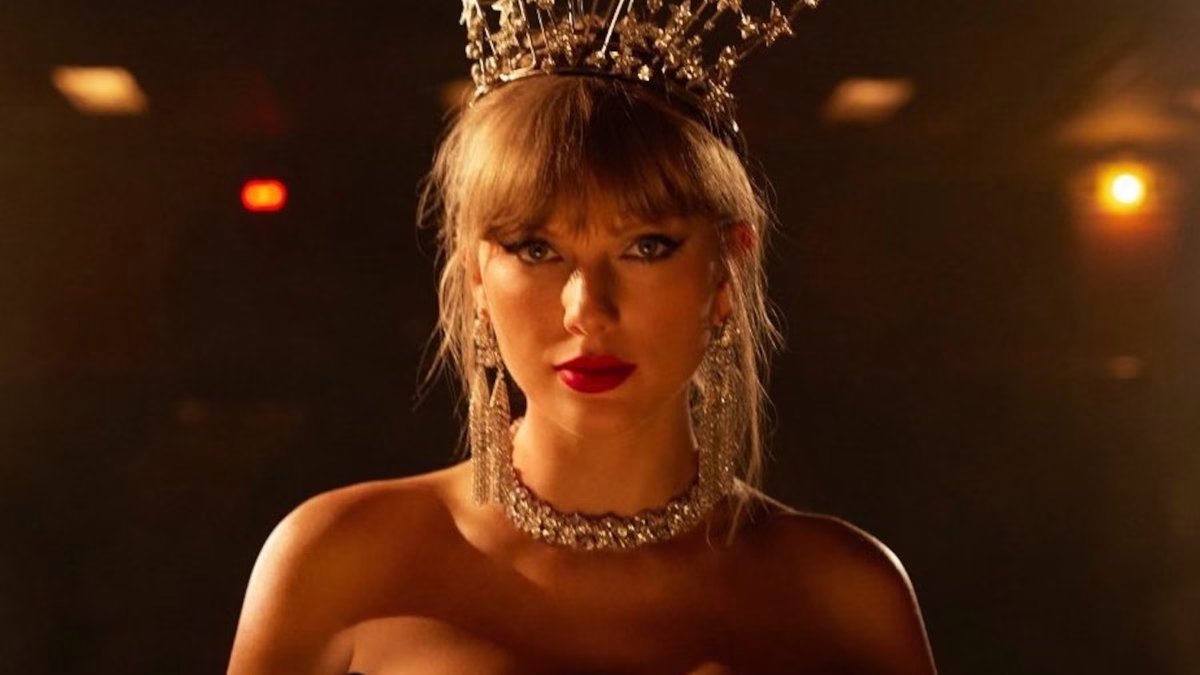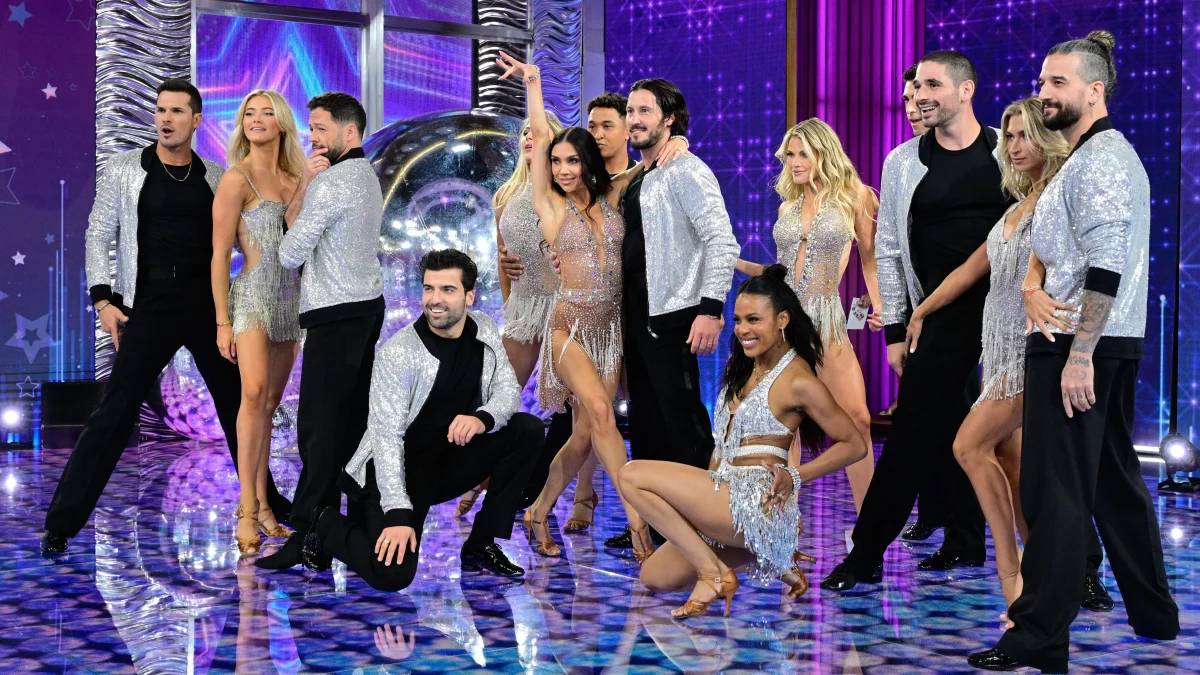Imagine taking a journey to the beloved book store Barnes and Noble. You venture inside, the aroma of coffee and freshly printed literature filling the atmosphere. You walk past the newest editions and the various cook books to turn a corner. What stares back at you are piles of books, banished from sharing the knowledge and stories that lie within their covers. Now, here’s the catch…your reaction depends on one very strong opinion: should books be banned?
First of all, you need to be made aware of specific books which are included on this list, especially the ones we read in school. Some examples include: To Kill a Mockingbird by Harper Lee, The Perks of Being a Wallflower by Stephen Chbosky, The Great Gatsby by F. Scott Fitzgerald, The Outsiders by S.E. Hinton, The Hunger Games by Suzanne Collins, The Giver by Lois Lowry, Speak by Laurie Halse Anderson, Girl, Interrupted by Susanna Kaysen, The Catcher in the Rye by J.D. Salinger, and Lord of the Flies by William Golding.
This list has been created for various reasons, however, taking a look into the content of these novels causes us to question whether there is anything wrong with them at all. For instance, Lord of the Flies was banned because of the violence between the children in the novel and their change from “civil” to “savage”. While I personally did not find entertainment in reading the disturbing elements of the story, I do not see a ban as necessary. If the concenpt of an elementary school group whose plane crash lands on a tropical island and who fail at creating a proper society without adults, as described by the back cover, sounds upsetting to you, then you should make the decision not to read it.
“I understand why some readers might find Lord of the Flies upsetting, but its challenging content opens the door for meaningful discussion. The violence in the novel isn’t for shock value, but instead it highlights how fragile order and empathy can be when rules disappear. With proper context and guidance, students can engage thoughtfully with those themes and better understand human nature rather than focusing on the violence,” said BHS English teacher Miss Baichan. “It’s important for teachers to create a space where students can discuss and process those difficult moments together. Ultimately, I don’t think books should be banned, especially when they help us learn more about human nature and the world around us.”
As I too agree, the classroom is a safe space where students can be introduced to these uncomfortable or unsettling topics. Reading with the BHS English teachers has enabled me to gain new perspectives and develop an enhanced understanding of the world around me.
To Kill a Mockingbird was banned due to its themes of racism, however, the main characters of the story, especially Atticus Finch, stand with Tom Robinson. Robinson is charged with a crime he clearly could not have committed because of the color of his skin. I am not saying at all that readers should not be disturbed by this, in fact I would be concerned if they weren’t, but the purpose of the story is to evoke sympathy in the audience using circumstances that were unfortunately a reality in this time period.
“The idea of banning To Kill a Mockingbird because of racist attitudes portrayed in it is ridiculous. The whole point of To Kill a Mockingbird is to show that these racist attitudes lead to nothing but death and conflict,” said BHS US history teacher Mr. Lynch. “Atticus Finch who is the real hero of the story is one of the only figures who will stand up against the racist attitudes of his neighbors. He is the only one brave enough to do something about it, like when he basically proves that Mayella Ewell and her father have been lying about the whole thing. That’s the whole point of the novel, that their racism is destructive and Atticus and a few others represent where we should be as a society. You wouldn’t get the message of the book without racism. The fact that it comes from a southerner who lived in this time period makes it an even more powerful depiction. The racism in To Kill a Mockingbird isn’t brought out to be celebrated, it’s brought out to be exposed.”
Another story commonly read in schools is The Giver. People have argued that the upsetting context of the story, including loss of individuality and suppression of emotions, are not suitable for younger readers. While I agree that these concepts are difficult to process, shielding students from occurrences that happen in the real world, will not help them in the long run. Think about the storyline, the residents of this community have no idea about the negatives of reality which ultimately leads to their loss of feeling despite their clearly despicable actions. Isn’t banning books the same? By doing so, we shield readers from the negatives of the real world and other time periods which creates shock for them when these aspects become relevant in their lives.
Let’s take a look at a nonfiction book Girl, Interrupted. There have been challenges against this memoir due to profanity and inappropriate scenes, however, the author was sharing the exact details of her time in a psychiatric hospital. Another patient used profanity in almost every sentence, so by quoting her, there is bound to be language that might not be suitable for younger readers.
“I don’t think any book should be banned, and frankly banning any book is unreasonable.” Said former Eagles Cry head editor Emily Betwinek. “As for sensitive content, I think this is a memoir that should be handled delicately. Teachers should gauge their students’ maturity level to see if they can digest the material honestly. As for profanity, in many true stories as well as the real world, there is going to be profanity and if you don’t believe your class can handle that, you don’t address the issue by not teaching content. Instead, you address it by tackling the levels of immaturity within your class. I think that it’s important to keep books like Girl, Interrupted in the curriculum and school because serious content like that in Girl, Interrupted not only provides comfort and a sense of community for students who are going through tough times, but it helps others understand the serious situations that others are dealing with. It teaches others empathy and additionally, we can learn about ourselves by reading about the vulnerable and difficult emotional turmoil others have struggled with, especially for those who have never experienced anything of a similar capacity. Reading is a form of experience.”
One last book that many students love is The Outsiders which has been judged for its inclusion of smoking, drinking, gang violence, and family dysfunction. While I understand that these themes shouldn’t necessarily be encouraged, this novel teaches readers to have sympathy for those who are struggling and the importance of surrounding yourself with individuals who will support you in good times and bad. Also, this book assists students in understanding social distinctions in a more relatable context since the characters are high school students.
Let’s journey back to our book store. Read some of the titles in the “Banned Book” section. Now, consider the context, the storyline, and the reasoning behind the author’s work. What do you think, should books be banned?









Jessie Maietta • Oct 29, 2025 at 6:08 pm
YESS DANIELLE! STUNNING ARTICLE. i agree 10000%
Danielle Betwinek • Oct 30, 2025 at 11:49 am
THANK YOU JESSIE!